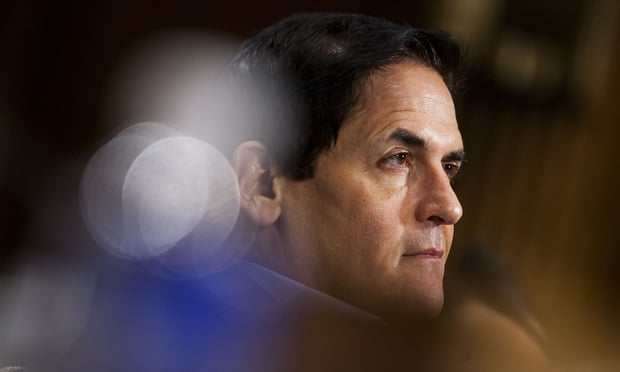 Primary care spending by payers is declining, falling to 4.67% of total national commercial health care spending in 2019, compared to 4.88% in 2017.
Primary care spending by payers is declining, falling to 4.67% of total national commercial health care spending in 2019, compared to 4.88% in 2017.
Two related studies call for a new emphasis on primary care and make a series of recommendations on improving primary care delivery that have implications for policymakers, health providers, and payers.
The two reports have been highlighted by the Primary Care Collaborative, a nonprofit coalition of health care stakeholders that seeks to improve primary care in the United States. The collaborative's report, "Primary Care Spending: High Stakes, Low Investment," looks at primary care spending in the US., and draws on a study by the National Institutes of Medicine (NAM), released on May 4. Both reports outline ways to improve primary care delivery in the U.S.
Recommended For You
"Primary care is the 'front door' of our health care system and an evidence-based way to achieve health equity. Yet, given this prominent role and how vital it is to Americans' health, it remains under-resourced," said Ann Greiner, PCC's President and CEO. "As this momentous report is released from this respected institution, we have a historic opportunity. The Biden administration is looking to build our systems back better, and we are emerging from a health crisis that has catalyzed many changes in health care. Now is the time to come together to strengthen primary care as the foundation of a high-value U.S. health system."
Inadequate spending for the foundation of public health
The two studies make the case that primary care should be more highly prioritized in the U.S., noting that spending on primary care is declining in this country.
Among the areas for concern:
- Primary care spending by payers is declining, falling to 4.67% of total national commercial health care spending in 2019, compared to 4.88% in 2017
- The data shows a negative trend in primary care spending over a three-year period (2017 to 2019) across 39 states when using a narrow definition of primary care, and across 30 states when using a broader measure.
- The decreased spending has implications for payers—the PCC report shows an association between higher primary care spending at the state level and fewer emergency department visits, hospitalizations, and preventable hospitalizations.
Recommendations for payers
The NAM report has specific recommendations for public and private health care payers. These include more emphasis on care delivery models that have been shown to improve high-quality primary care, shifting fee-for-service (FFS) payment models to a hybrid model that combines FFS with capitated payments, and promoting team care approaches, as opposed to systems that rely mostly on physicians for primary care services.
"Implementing high-quality primary care begins by committing to pay primary care more and differently because of its capacity to improve population health and health equity for all of society, not because it generates short- term returns on investment for payers," the NAM report said. "High-quality primary care is a common good promoted by responsible public policy and supported by private-sector action."
The NAM researchers also promote the continued use of telemedicine, a delivery system that saw a significant increase during the COVID-19 pandemic. The lessons learned about health care delivery via telemedicine suggest that it should continue to be supported by public and private payers, the report said.
"The COVID-19 pandemic forced payers to enhance the ability of patients to access their primary care teams virtually by video and telephone," the report said. "[The Centers for Medicare and Medicaid Services] should permanently support the COVID-era rule revisions and interpretations that have facilitated integrated team-based care, enabled more equitable access to telephone and virtual visits, provided equitable payment for non-in-person visits … and eliminated other barriers to high-quality primary care."
© 2025 ALM Global, LLC, All Rights Reserved. Request academic re-use from www.copyright.com. All other uses, submit a request to [email protected]. For more information visit Asset & Logo Licensing.







